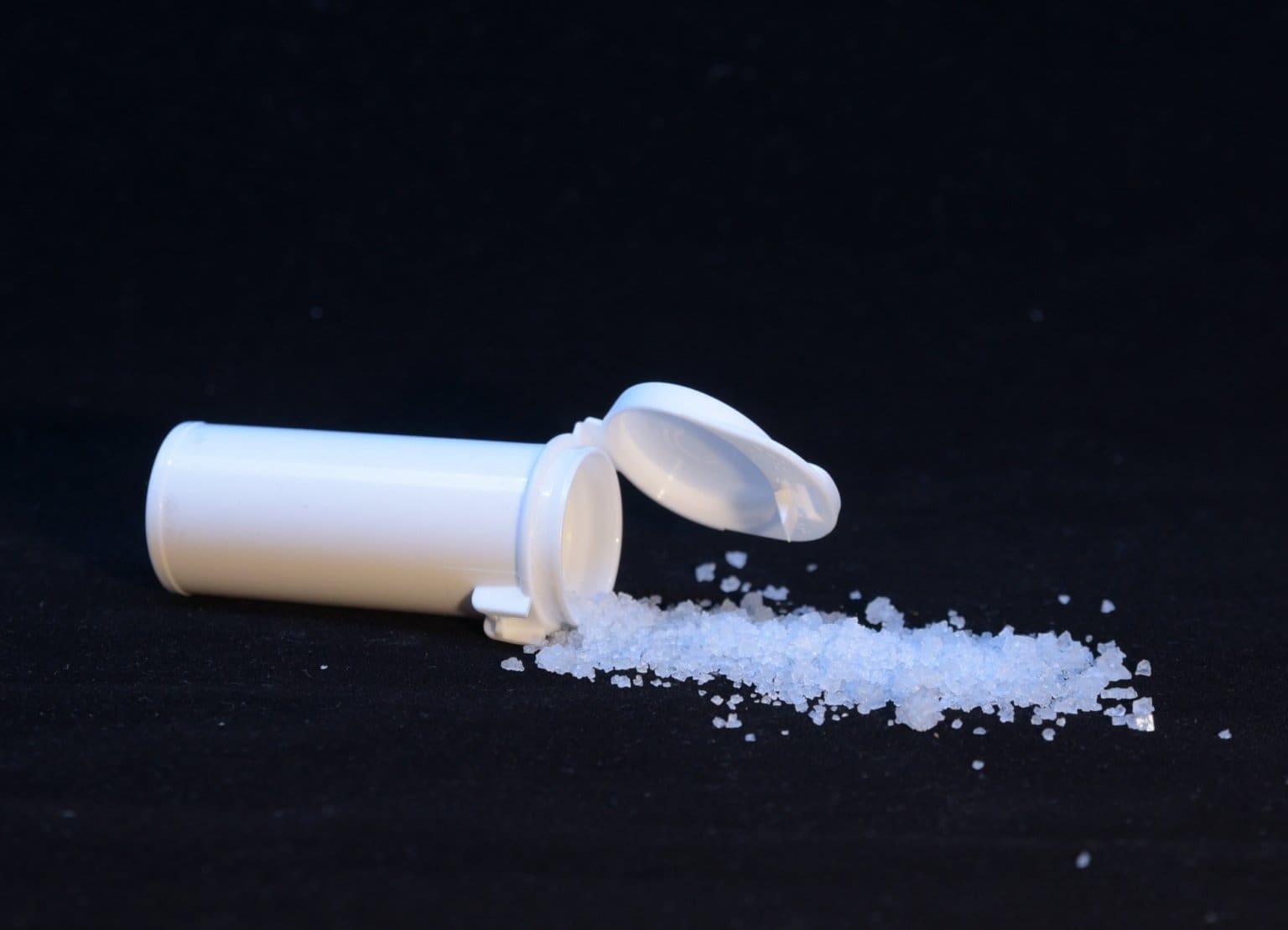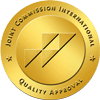Types Of Meth, Ingredients & Their Dangers
- August 8, 2022
- Prosperity Haven
- Addiction Treatment

Many people are surprised to find out that even regular meth users do not know exactly what they are putting in their bodies. This is due to the fact that methamphetamine is a complex substance that requires a specific process to manufacture. Moreover, there are different kinds of meth that have different properties and effects. So, in addition to the widely known dangers of methamphetamine, it is also dangerous because unsuspecting users could encounter even more unpredictable and harmful experiences when using different types of the drug.
In today’s guide, we will take a closer look at the most common types of meth. Additionally, we will discuss the essential ingredients of methamphetamine, as well as the potential dangers of becoming addicted to meth. And remember: if you or someone you love is struggling with meth addiction, you can always reach out to the experts at Prosperity Haven for a safe pathway to recovery.
Active Meth Ingredients
One of the most common types of meth comes in a crystallized form, which is often created in home labs. However, the vast majority of active ingredients in meth are either flammable or toxic to humans, making the production process extremely volatile and dangerous. That said, the instability of producing meth can vary based on the way in which it is produced.
In the United States, many home-based lab manufacturers rely on over-the-counter cold medicine that contains ephedrine or pseudoephedrine. Either of these components can serve as the base ingredient of the drug. Once enough ephedrine or pseudoephedrine has been acquired, it is cooked with a variety of chemicals including (but not limited to) acetone and phosphorous. During the cooking process, water is added, along with a solvent to extract the methamphetamine. The resulting heat turns the drug into its finalized crystal form.
It is important to note that these are just some of the standard ingredients used to make meth. Some additional active ingredients that can also be volatile and harmful for human consumption include:
- Paint thinner or nail polish remover (for acetone)
- Battery acid
- Iodine crystals
- Ether
- Chloroform
- Household cleaning products (for anhydrous ammonia)
- Brake fluid (for toluene)
- Air-conditioning fluid (Freon)
- Alcohol
- Benzene
- Gasoline
- Car battery components (for lithium)
As you can see, the vast majority of active ingredients used in the manufacturing of meth are not fit for human consumption. On the contrary, many of these ingredients are extremely toxic and hazardous to your health. This is one of the primary reasons that people who repeatedly use meth often experience various mental and physical health issues.
P2P Meth
P2P (phenyl-2-propanone) meth is a relatively new variation on the old meth “recipe” that relied heavily on OTC cough medicine. Many states and jurisdictions have put limits on the amount of medicine containing ephedrine or pseudoephedrine that one person can buy at a time. This has made it more difficult for illegal meth manufacturers to produce their product en masse.
As a result, P2P meth has entered the market as an alternative to traditional methamphetamine. P2P meth does not require the ingredients in cough medicine, making it easier for manufacturers to get around the suspicions of OTC drug retailers or law enforcement. This new kind of meth also produces different effects because it uses different ingredients to replace ephedrine, including hydrochloric acid, mercury, lye, cyanide, and sulfuric acid. With these ingredients, P2P meth has much higher concentrations of the isomer d-methamphetamine, which often results in users having a more intense high and staying awake for longer periods of time.
Powdered Meth
Powdered meth is not much different than other forms of illegal methamphetamine. However, powdered meth is usually snorted, ingested, or injected (rather than smoked). Typically, powdered meth is weaker than most other forms of the drug, with effects feeling less intense and lasting for shorter periods. For this reason, many users mix powdered meth with other drugs like cocaine.
Liquid Meth
In order to inject methamphetamine, powdered meth must be converted into liquid meth. This is a very easy process, as powdered or crushed meth naturally dissolves in water. As a result, users can either inject or ingest liquid meth. However, liquid meth is not usually produced solely for its methods of intake. Liquid meth can also be easier to transport for drug traffickers, as it is harder to detect.
Crystal Meth
Crystal meth is one of the most common forms of the drug. It is famously used in television shows and movies to represent illegal meth. It is also relatively easy to attain through street drug transactions. Crystal meth takes the form of crystals that are usually smoked, though they can also be snorted or injected (if converted to a liquid). Like all forms of meth, crystal meth is highly addictive and toxic to the body.
Blue Meth
Most people associate crystal meth with the “blue meth” crystals that they have seen on TV shows like Breaking Bad. Crystal meth typically forms blue crystals, though it can also come in other colors. In any case, blue meth is often called “ice” or “glass” by drug dealers and users.
Pink Meth
Despite reports that pink meth has been marketed to younger adults and teenagers, there is little evidence that it has had higher usage among youth. That said, pink meth is distinct for its pink color and strawberry flavoring. While the effects are no different than standard meth, this form can be more attractive to users who want a better flavor. Dealers and users often refer to this drug as “strawberry meth.”
Meth Rocks
Meth rocks are simply large chunks of methamphetamine that are typically ingested orally. The effects of meth rocks are very similar to those of crystal meth. However, meth rocks are distinguished by their large size and yellow color.
Fake Meth
Drug dealers and manufacturers frequently cut their products with cheap substances to make more money. In some cases, they may sell fake meth that contains little or no methamphetamine. This has become increasingly common in many parts of the country, where manufacturers create fake meth pills or crystals containing fentanyl. Though both drugs are dangerous, fentanyl is much more likely to cause an overdose. Unfortunately, it is difficult to identify fake meth, even for law enforcement.
Dangers Of Meth Use
There are many dangers of using meth, even just one time. The biggest danger is addiction. However, there are also many negative effects on the mind and body, including:
- Short-term loss of appetite
- Irregular sleep patterns
- Nausea
- Aggressive or violent behavior
- Brain and heart damage
- Increased risk of stroke
- Anxiety
- Liver and kidney damage
- Paranoia
- Hallucinations
- Dental problems
- Skin lesions
Getting Help For A Meth Addiction
Is your child, friend, coworker, parent, or spouse struggling with a meth addiction? Are you looking for meth rehab options that target each patient’s specific needs? Finally, are you looking for a comprehensive meth rehab center that provides a wide range of effective treatment options? If so, feel free to contact the experts at Prosperity Haven to learn more.
YOUR NEW BEGINNING
STARTS HERE
Take the First Step and Reach Out Today






